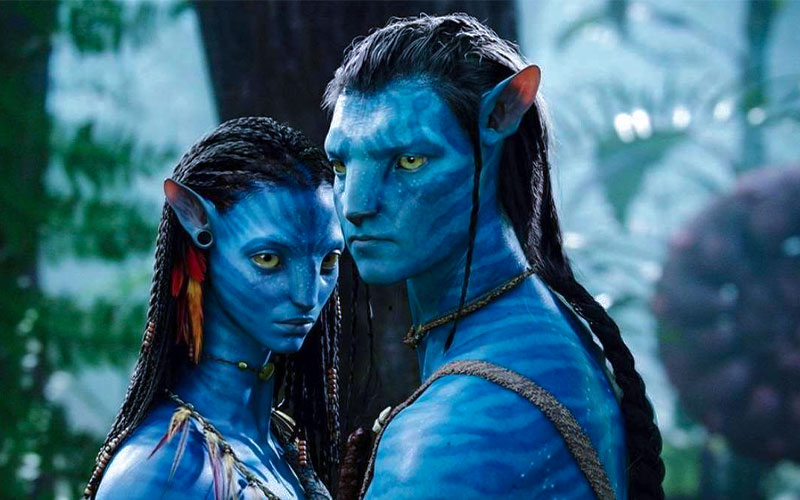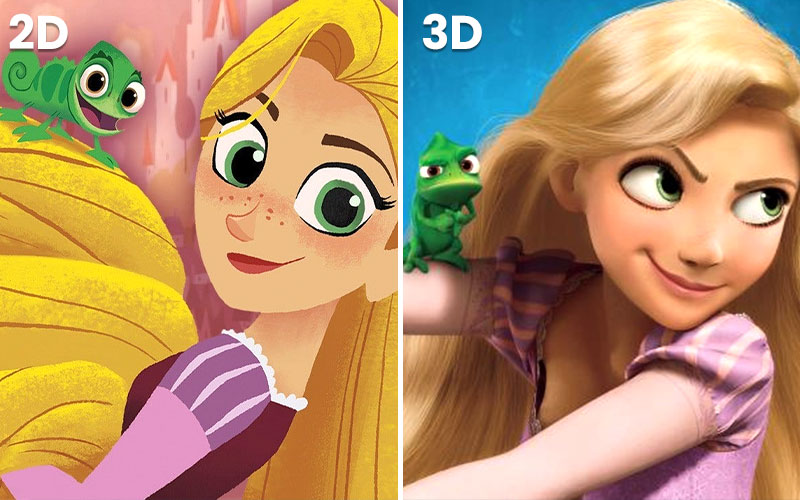Table of Contents
# Lack of Storytelling Skills
# Inadequate Knowledge of Anatomy and Physics
# Poor Time Management
# Over Reliance on Technical Skills
# Lack of Collaboration and Feedback
Do you ever wonder why some animators achieve tremendous success in the field of 3D animation while others struggle to make their mark? The realm of 3D animation is that realm where animator’s creativity and technology converge to bring imagination to screen. However, not all animators are able to reach their full potential. The challenges they face, whether technical or creative, often hinder their ability to fully express their visions.
Nevertheless, through dedication and continuous growth, animators can aspire to ascend to new heights in this ever-evolving world of digital artistry.
In this blog post, we will delve into some of the common pitfalls where most animators falter in 3D animation.
We will understand these common pitfalls with real life examples for better understanding.
Lack of Storytelling Skills
Real-life Example: The film “FoodFight!” serves as a cautionary tale of how a lackluster story can undermine the potential of 3D animation. Despite impressive visuals, the movie suffered from a weak and disjointed plot, leading to its commercial failure and critical panning.
Overcoming the Pitfall: To avoid this pitfall, animators should look to successful storytellers like Pixar, known for their ability to blend cutting-edge animation with compelling narratives. By studying and practicing storytelling techniques, animators can enhance their work and attract audiences on a deeper level.
Storytelling is considered to be an art in 3d animation and if you want to learn this art then get yourself enrolled in top institutes for 3d animation in Kolkata.
Inadequate Knowledge of Anatomy and Physics
Real-life Example: In the video game industry, characters with awkward or physically unrealistic movements can detract from the overall gaming experience. “Mass Effect: Andromeda” faced criticism for its characters’ uncanny and unnatural animations, which diminished the immersion of the game.
Overcoming the Pitfall: Animators can learn from the success of studios like Naughty Dog, renowned for their attention to detail in character animation. By studying anatomy, observing real-life movements, and consulting references, animators can imbue their creations with realism and dynamism.
Poor Time Management
Real-life Example: The production of “The Simpsons Movie” spanned almost a decade, in part due to issues with time management and numerous rewrites. This prolonged timeline not only led to immense pressure on the creative team but also contributed to delays in the film’s release.
Overcoming the Pitfall: Animators should draw inspiration from successful studios known for their planning and adherence to timelines. By breaking down tasks, setting achievable deadlines, and regularly assessing progress, animators can ensure their work is completed efficiently and effectively.
Over Reliance on Technical Skills
Real-life Example: “Resident Evil: Vendetta” received criticism for its overreliance on technical prowess, leading to characters that lacked depth and emotional resonance. Despite impressive visual effects, the film failed to engage audiences on an emotional level.
Overcoming the Pitfall: Animators can take cues from pioneers like Walt Disney Animation Studios, who emphasize the importance of infusing technical expertise with creative artistry. By exploring diverse animation techniques and pushing the boundaries of their creativity, animators can craft eye- catching yet emotionally compelling animations.
Lack of Collaboration and Feedback
Real-life Example: The lack of collaboration and constructive feedback during the production of “The Emoji Movie” resulted in a film that fell short of its potential. The absence of diverse perspectives hindered the refinement of the story and character development.
Overcoming the Pitfall: Animators should seek inspiration from collaborative successes such as “Spider-Man: Into the Spider-Verse,” where teamwork and open dialogue led to a groundbreaking and visually inventive animated feature. Actively seeking feedback and engaging in creative communities can help animators broaden their perspectives and refine their craft.
Which Is The Best Institute To Excel In 3d And 2d Animation?
If you are looking for the best institute to excel in 3d and 2d animation then choose George Animatrix. We offers both 3d and 2d animation course in Kolkata. The courses are well structured to meet the latest trends. We have industry experts who will share their 3d and 2d animation skills with you.
Conclusion
With 3D animation being a blend of technical expertise and artistic creativity, addressing these common pitfalls is crucial for animators striving to make a significant impact. By learning from real-life examples, investing in storytelling skills, understanding anatomy and physics, managing time effectively, balancing technical and artistic aspects, and seeking collaboration and feedback, animators can elevate their work to captivate audiences and leave a lasting impression.



